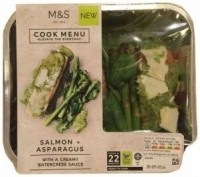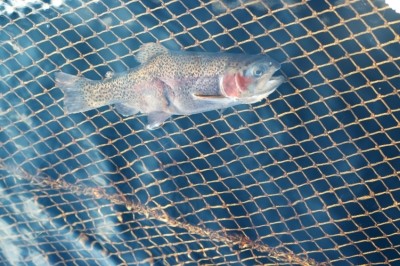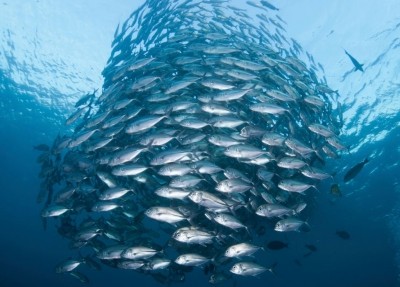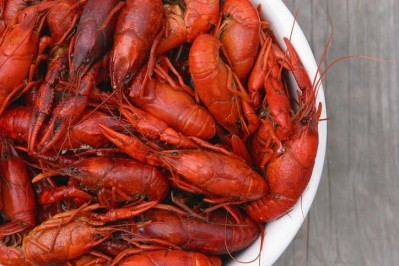Why are sales of fresh fish and seafood floundering in Europe?
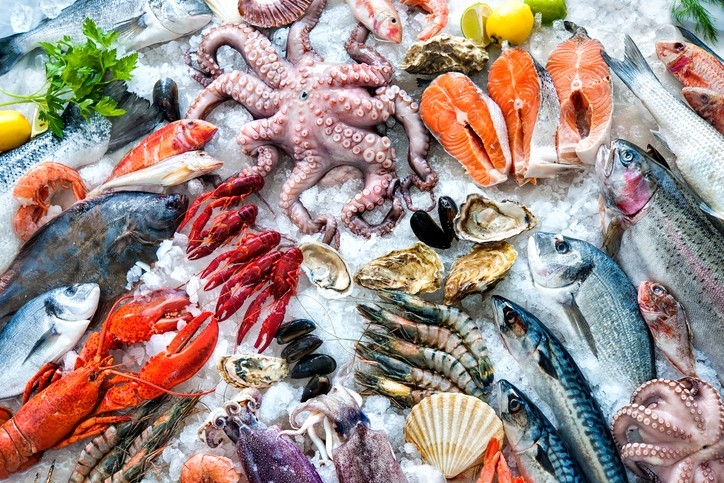
An annual average decline of 1% in volume sales of fresh fish and seafood between 2011 and 2016 has made Western Europe the worst performing region globally for this category, according to Euromonitor data.
The market research company said that per capita consumption has contracting by half a kilo for the same period, falling from 9.7 kg to 9.2 kg.
Crustaceans, such as lobster, saw a total volume decline of 3% over 2011-2016, but molluscs (such as clams, scallops and oysters) and cephalopods (octopus and squid) suffered the most with consumption falling by close to 7% - “a dramatic decline”, wrote Euromonitor analyst Anastasia Alieva in an online post.
“The growing focus on general health and well-being, and healthier diets in Western Europe has not translated into greater demand for fish and seafood, which are broadly recognised as a valuable source of the omega-3 fatty acids essential for healthy brain and cardiovascular function,” said Alieva.
With an impressive 78% of the global market share, Asia Pacific leads the way in terms of fish and seafood sales, followed by Western Europe and the Middle East and Africa with 6% each.
Source: Euromonitor
“The primary barrier to more dynamic consumption is a lack of cooking skills and reluctance to handle and prepare meals from raw ingredients. The relatively high price of fresh seafood and limited availability in some retail channels and geographical areas further hampers demand.”
Senior food and drink analyst at Mintel Richard Caines has a different theory, however. Regarding UK consumers, he said: "Seven in ten eaters and buyers of fish or shellfish agree that a healthy diet should include at least two portions of fish a week. So people appear to know that eating fish is good for a healthy diet, but are being held back from doing so.
Too expensive
"By far the biggest reason for not eating more fish or eating fish at all is it being seen as too expensive, with this more likely to be a reason for not eating among those on the lowest incomes," said Caines. "Product development and marketing in processed fish in recent years has been focused on encouraging trading up to higher-priced products, but overcoming perceptions that all fish is expensive is also important."
Alieva added: “Fresh products [are] losing out to processed and packaged alternatives that offer convenience of ready-to-eat formats.”
This trend is also evidenced by Mintel data, which has tracked a growing focus on convenience to boost sales in the UK, with ‘ease-of-use’ claims now featuring on nearly three in ten launches.
Turn 'processed' into a selling point
Chilled fish and seafood products have been benefiting from “flavour development”, said Caines, with easy-to-cook lines with toppings and sauces, which has pushed sales upwards.
Chilled products accounted for half of new product launches in the processed fish market in the first nine months of 2016, according to Mintel, unlike 2015 when frozen products accounted for the bulk of launches.
Meanwhile, a number of British smoked salmon launches have been drawing attention to the smoking process involved.
Marks & Spencer’s smoky and robust Scottish Lochmuir smoked salmon says on pack it is twice kiln smoked for a smoky and robust flavour while Asda has a smoked salmon that is smoked over oak and whisky barrel chips before being infused with Speyburn single malt Scotch whisky.
Regional preferences
Western Europeans have a clear preference for fish, which accounted for 79% of volume sales in 2016, compared to just 13% for molluscs and cephalopods and 8% for crustaceans, such as lobster.
However, there are regional variations in the balance of product groups, according to Euromonitor, depending on eating habits and national cuisines Molluscs make up only 1% of overall fish and seafood sales in the UK, compared to 22% in Spain and 37% in France.
Alieva notes this is due to the familiarity and popularity of dishes such as paella and fried or grilled calamari.
